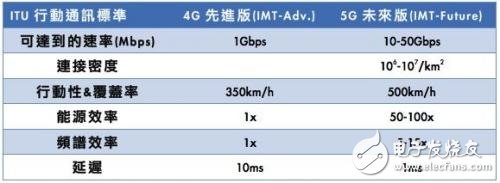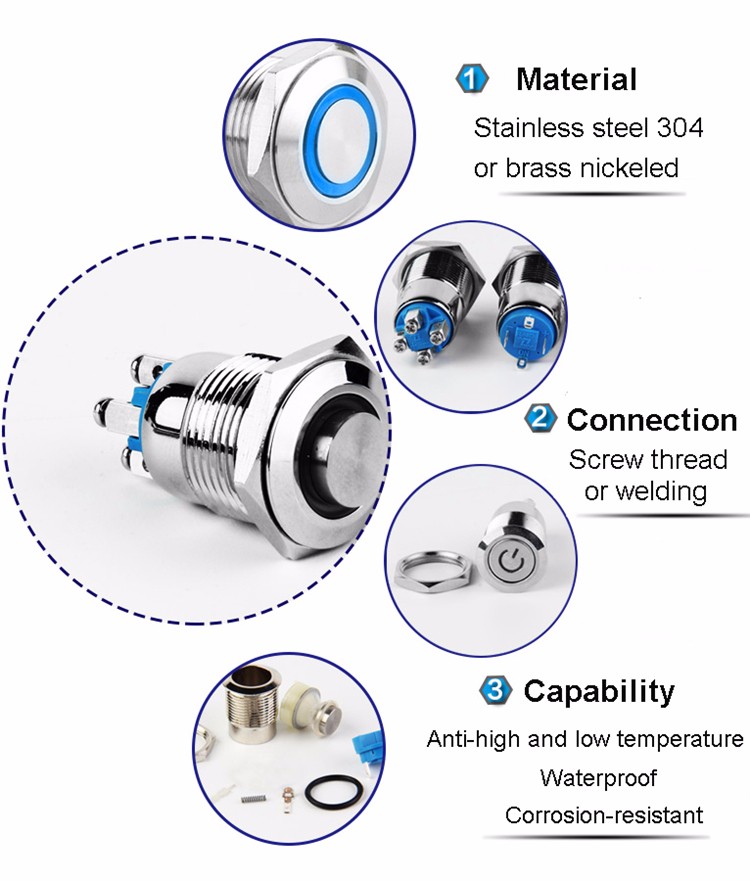According to experts in the wireless field, it is expected that by 2020, 5G cellular networks will be expected to produce two new air interfaces and new antenna designs based on the emerging Massive MIMO technology. At the same time, LTE will break through the Gbit/s bottleneck.
At the 'The Future of Wireless Summit' held by Wi-Fi operator Quantenna, Kenneth Stewart, Intel's chief wireless technology expert, said in a keynote speech, "We should develop a new air for the millimeter wave band. Interface. At the same time, there should be some opportunities for another air interface for accessing the Internet of Things (IoT)."
Stewart suggests that in a wide range of IoT areas, some devices can benefit from tailored air interfaces, such as those that "do not have to be synchronized before transmission... we want to see innovations for specific use cases."
Stewart believes that LTE and WiFi will continue to exist for a long time after the emergence of 5G. He introduced a 2020 wireless chip concept (Figure 1): Using a full set of 3G, 4G and 5G interfaces, in addition to 802.11ax Wi-Fi and Bluetooth 5.0, it supports up to 60 LTE bands. "We think there is basically no difficulty in launching such a device."

Figure 1: Conceptual diagram of the wireless chip in 2020.
He also encourages everyone to invent a killer phone that fits this chipset: "What we still lack is a device or user experience for a 5G network, like the iPhone's push for 3G or 4G networks - it must deploy these networks first. We have not seen any devices that can take full advantage of the future 5G network. We believe there is a good opportunity to find and provide such devices."
The experts at the conference generally agreed that the progress of 5G will mainly depend on the millimeter wave frequency and the use of large-scale MIMO antennas. Stewart emphasized that "the main benefits and advantages of 5G depend on the application of millimeter waves in the 28 GHz to 90 GHz range."
Intel has moved in this direction to launch a 60GHz WiGig product called Maple Peak. This product is mainly used in the wireless laptop docking station, using a 2 & TImes; 8 flip chip bonding antenna array. “The challenge is mainly in efficacy, and there is still a lot of basic work to be done in this area.â€
The ITU has set a series of targets for 5G networks (see Table 1), including data rates exceeding 10 Gbit/s for certain services. "We believe that Wi-Fi and LTE in the millimeter wave band can achieve this goal."

Table 1: ITU 5G network regulations.
Stewart predicts that LTE will reach the Gbit/s data rate by the end of this decade. "If you are lucky," mobile phones will also be able to send and receive data in the same frequency band using technologies such as massive MIMO. Thomas Marzetta, the father of massive MIMO and Bell Labs, presented the research progress on this technology. In one experiment, 675 antennas were successfully used to provide Gbit/s rates to 10 users each. Another experiment provided a rate of 5 Gbit/s for each user in the same cell, even at the edge of the cell.
"I haven't heard of using relatively small spectrum," Marzetta said. "10x improvement is hard to achieve, and massive MIMO can easily achieve more than 10x improvement without complex signal decoding." MIMO technology will eliminate today's point-to-point MIMO systems and may eliminate the need for small cell base stations, Marzetta said. "I believe that LTE and WiFi may leave the stage early if they don't switch to massive MIMO."
Stewart believes that building such an antenna array and achieving consistent performance at a lower cost still faces many daunting challenges. “In this technology area, there is still a lack of basic and effective communication between the information theory and the implementation team,†he reminded. Even Marzetta said that massive MIMO is still only a research topic in his parent company, Alcatel-Lucent. Small cell base stations remain the foundation of Alcatel's development strategy. Today's 802.11ac supports multi-user MIMO on the downlink channel, but companies such as Quantenna need to push for support for uplinks in use cases such as stadiums, said Arogyasawami Paulraj, a professor at Stanford University, known as MIMO.
Emerging massive MIMO technology is the key to beamforming technology in millimeter wave transmission. Millimeter waves can pass through obstacles such as plants that can attenuate signals by 8 to 10 dB, Paulraj points out. He has consulted with US regulators on the regulatory changes required to support millimeter-wave beamforming technology. In a 5G network, data may be transmitted over broadband millimeter-wave channels, and control signals go slower 3G routing, he adds. "No matter what problems you encounter, the millimeter-wave frequency will definitely be applied, although sometimes it may get a lot of throughput and then lose a lot of throughput." Intel's Stewart and Paulraj agree that 5G will contain many technologies, including large-scale MIMO LTE, multiple WiFi and even Bluetooth.
"The driving forces of 1G, 2G, 3G and 4G come from the increase in spectrum efficiency and throughput, but 5G is more concerned with the integration of multiple spectrums and technologies to give users a unified web interface," Stewart said. "At the top of the network, Integrating all of this into a single process presents many daunting challenges."
  
 
Figure 2: With the rise of the new 5G network, the old air interface will continue to be used, Intel's Stewart said.
25MM Metal Switches
25MM Metal Switches are fashion in appearance and excellent in quality with IP67 dust-proof and waterproof grade. The Power start control system has always enjoy the sound reputation in the long-term international transaction. 25MM mounting hole metal Anti-Vandal Switch could equip with LED light, it can be two-color LED light bead, such as red and green, or red and blue color.

This series Metal Push Button Switch has obtained relevant quality certifications in Europe and the United States, and can be used for dust-proof, oil-proof and waterproof stains in harsh working environments. All the material has passed the strict customs declaration to ensure that this metal switches could meets the requirements of green environmental protection in Europe and America. REACH contains Substances High Concern SVHS, also could offer our customers PPAP reports. We are paying very close attention to Green environmental protection project, which is not only our requirements on products, but also our company's attitude towards the international environmental project.

The research and development department of Taiwan's head office has put much more emphasize on research and development on the existing basis, innovate the Illuminated Push Button Switch to achieve 50,000 electrical life under 16A125VC and 16A250VAC conditions. And could have 10,000 electrical life up under 26A125VC and 26A250VAC condition, offering our customers reliable quality guarantee.
25Mm Metal Switches,25Mm Anti-Vandal Switch,Waterproof Metal Switch,Metal Push Button Switch
YESWITCH ELECTRONICS CO., LTD. , https://www.yeswitches.com